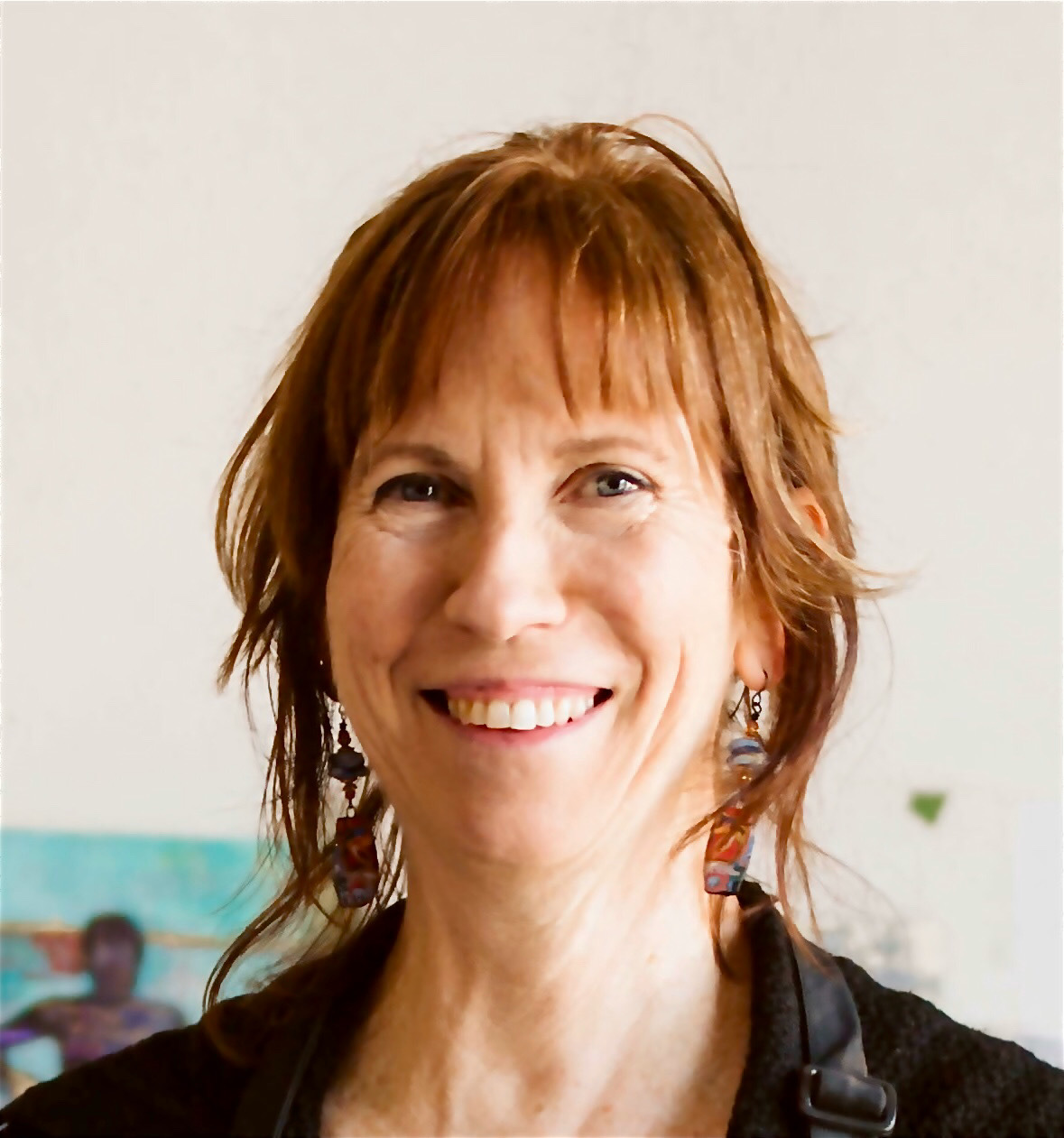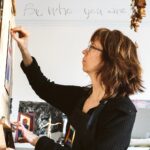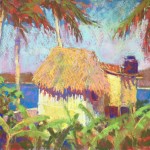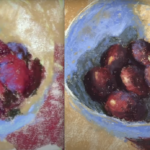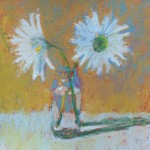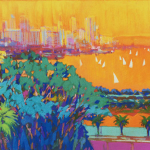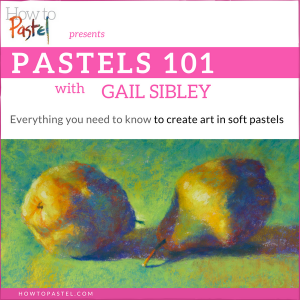After teaching in Corfu, I set off for a holiday with lots of quick plein air painting in mind. You know how it goes — visions of long, lazy afternoons by the sea, easel set up, a gentle breeze, no deadlines in sight.
Reality? Quite a bit different!
Between driving, sightseeing, sketching, and eating (because, Greece!), there just wasn’t much unclaimed time. I had all my painting equipment that I’d brought with me for the art retreat and had the best of intentions, but most days seemed to vanish before I could even think about setting up.
So when we reached Porto Kagio — a quiet and tiny seaside village where we were staying for two nights — I made a decision: if I wanted to paint, I’d have to grab whatever slivers of time appeared. No waiting for the “perfect” light or an uninterrupted afternoon. Just do a quick plein air painting now!
And that’s how I rediscovered what I’m calling the art of quick plein air painting.
Finding Time, Not Waiting for It
We all fall into that trap of thinking we need more time — a full morning, the right conditions, the ideal subject — before we can paint. But those moments are rare. What’s far more common are the small gaps — twenty minutes here, half an hour there.
And those gaps are gold if you’re willing to use them.
In Porto Kagio, I managed three small pieces, each one taking between 20 and 35 minutes, plus about 10 minutes for a quick thumbnail. Each painting became a little adventure — fast, focused, and full of surprises. Pure joy in the doing!
That’s the beauty of quick plein air painting: it invites you to respond instinctively to what’s in front of you. No time to overthink, just you, the scene, your thumbnail, and a handful of pastels.
A Corner with a Pot and Paddles
The first piece was a quiet corner — a wall, a pot, a couple of paddles leaning nearby. Hardly dramatic subject matter! But that’s often what draws me in: the overlooked, the ordinary, the things most people would walk past. And actually, there was drama through the shapes of dark and light. Which is where a thumbnail comes in!
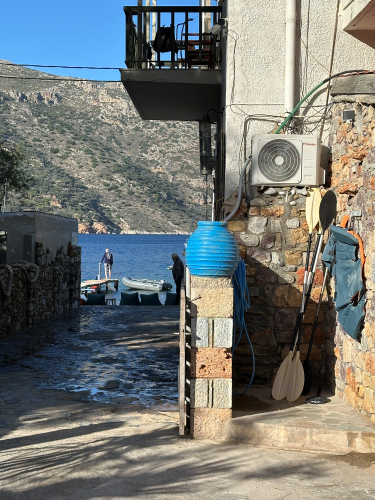

A quick thumbnail helped me sort out the design – the arrangement of shapes and three values, then it was straight into the pastel box.

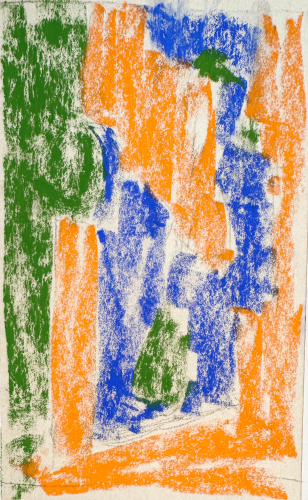
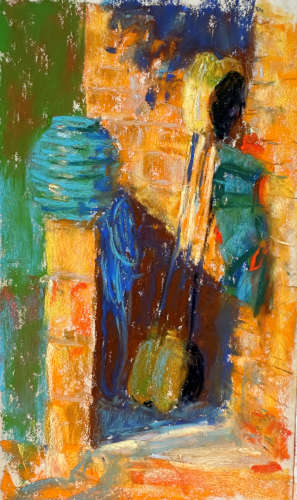
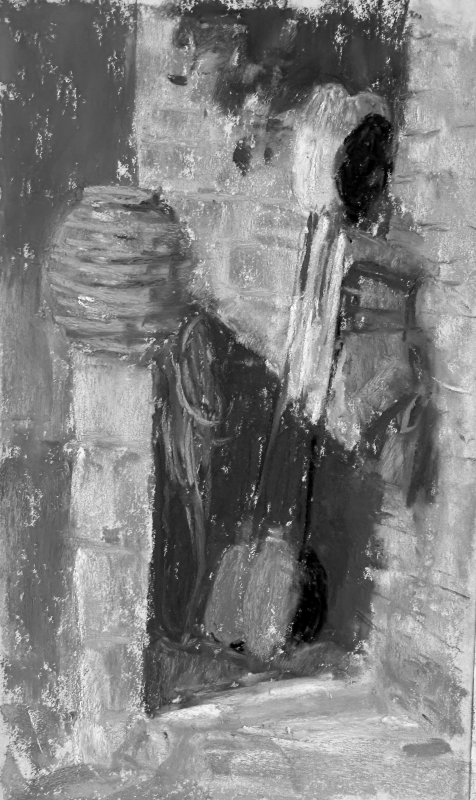
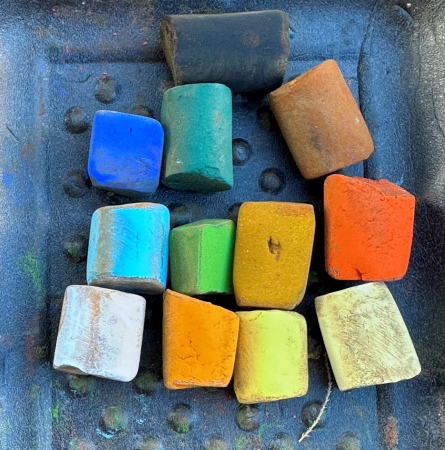
I loved the quiet of that moment — no rush, just observing and responding. In a world that’s constantly moving and about more, it was nice to slow down and paint less.
Bougainvillea and Shadows
While painting the first piece, I noticed the nearby pot with bougainvillea, its flowers bright in the sunlight. What really grabbed me though were the shadows — the cast shapes from foliage and flower on the wall. I snapped a photo.
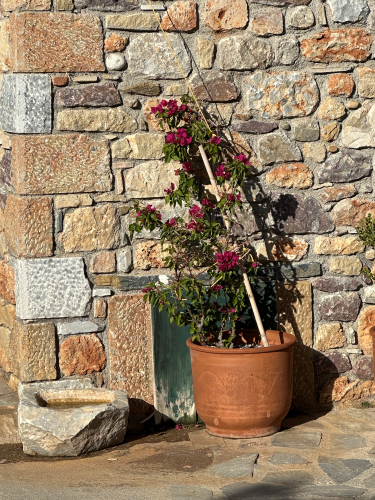
Once finished the first piece I thought, Gail, you have time to do another. Get cracking! The light had changed (of course!) and there even more visible cast shadows (different from the photo above).
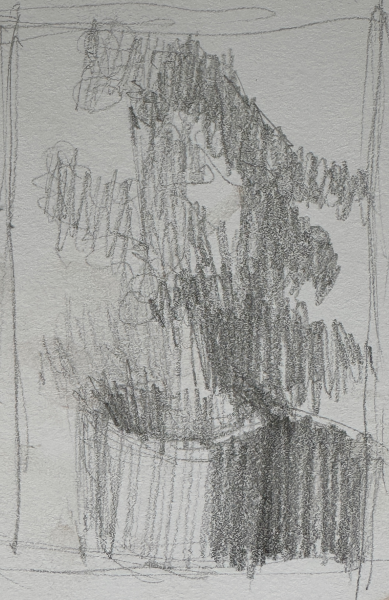
Again, a quick thumbnail was all it took to make sense of the chaos. 10 minutes of planning meant 20 minutes of painting. It’s funny how figuring out an arrangement of a few shapes of dark, middle, and light can save you from frustration while painting.
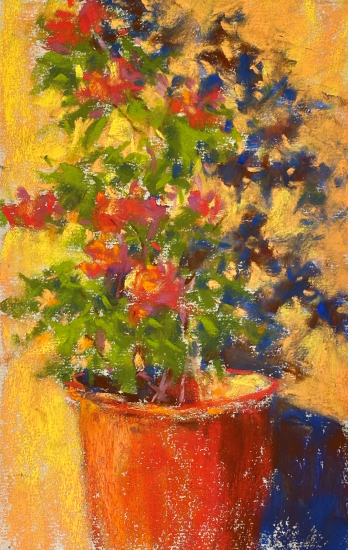
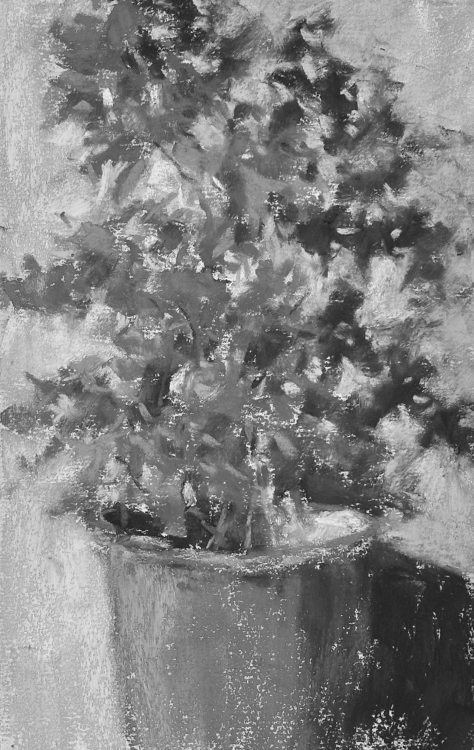
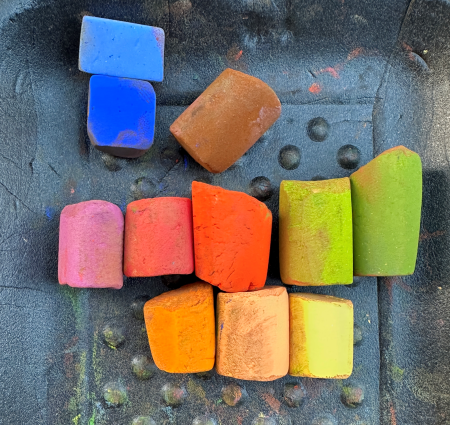
This was another reminder of why quick plein air paintings can be so satisfying — they force you to simplify (squinting and then using a thumbnail for this is soooo helpful!), decide, and dive in.
The Colourful Dock (and a Surprise Guest)
The next morning, I set up on the other side of our accommodation, this time facing the sea. A small dock had caught my eye the previous day — the planks painted in mismatched colours, a little sagging, and beautifully imperfect.
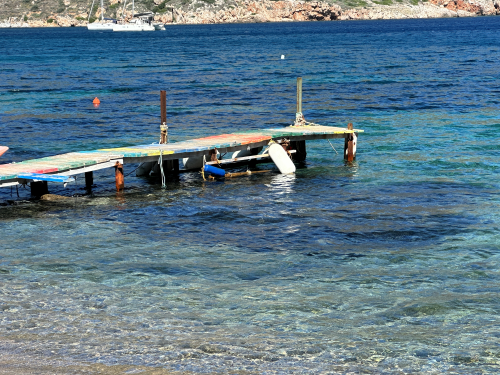


I began my thumbnail and just as I was finishing it, a fisherman wandered down and stood at the end of the pier. He stayed long enough to become part of the story — so, of course, I popped him in. He made all the difference!
After that, I forgot all about photos or progress shots. I was simply in the painting — the wind (I had to hold my board down occasionally!), the sound of the waves lapping at the shore, the soft scrape of pastel on paper. Time vanished.


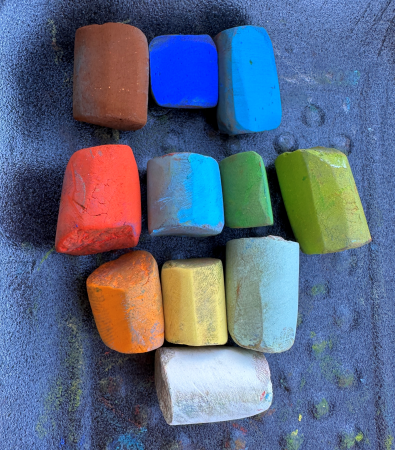
Making Peace with ‘Quick’
These weren’t big, polished pieces — quite the opposite in fact! And that’s exactly why I love them.
They remind me that painting doesn’t always need an entire day, a grand view, or perfect conditions. Sometimes, all you need is a small sketchbook, a few pastels, a bit of paper, and the willingness and determination to begin.
Quick plein air painting isn’t about rushing. It’s about responding — catching the essence of a moment before it slips away.
It’s amazing what can happen in 40 minutes when you stop waiting for the ideal moment and make something of the one you have. The doing is what brings such joy!!
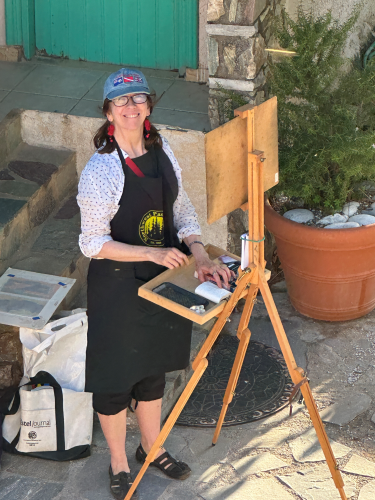
Your Turn
Next time you find yourself thinking, “I don’t have enough time to paint,” grab your sketchbook and make a quick thumbnail. See what happens. It may lead you to getting out your pastels!
The truth is, the painting doesn’t need more time. It just needs you to get started on it.
I’d love to hear from you! Have you ever managed a quick plein air painting between everything else going on? What helped you make it happen? Your story (and any tips!) might just inspire another artist to pick up their pastels and give it a go.
And, if you’ve thought about doing a plein air pastel but haven’t yet, what’s stopping you? Let us know.
Until next time,
~ Gail



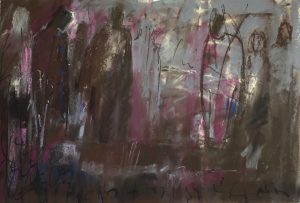







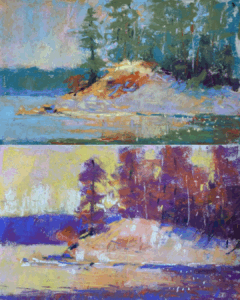
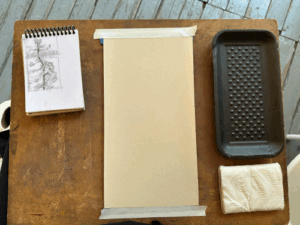
![Gail Sibley, [Not yet titled], Unison Colour pastels and a Sennelier pink on UART 400 mounted on board, 15 1/4 x 11 1/2 in -close up of face](https://www.howtopastel.com/wp-content/uploads/2025/07/11.-Gail-Sibley-Not-yet-titled-Unison-Colour-pastels-and-a-SEnnelier-pink-on-UART-400-mounted-on-board-15-14-x-11-15-in-close-up-of-face-Feature-image-300x229.jpg)
